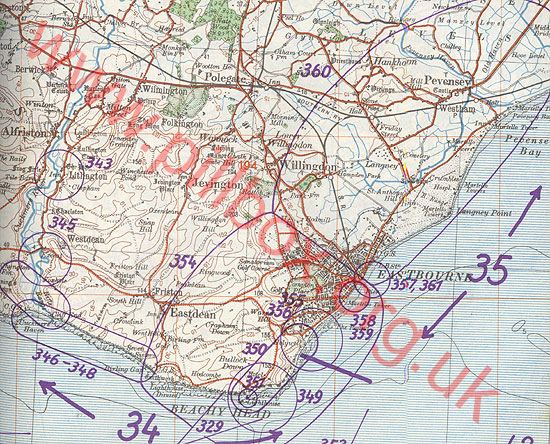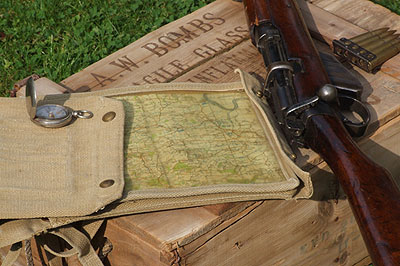Not long now; pillbox.org.uk really is coming!
Posted: 8 March 2007 22:21
I've been working furiously to get my long-promised http://www.pillbox.org.uk website in a state whereby it's fit for public consumption.
Although I still have some writing still to do, that moment will arrive at some as yet undetermined point on Saturday 10 March 2007. (My hosting company is moving some of its servers at 9pm, but I don't think the pillbox server will be affected by this.)
The site will not be as extensive as I would like it to be, but the Concrete Evidence database will be available, containing just over 100 records of anti-invasion defences and about 400 photographs to accompany them.
The bibliography system is incomplete and so will not be fully functional; this means that a lot of material contains little or no reference to its sources, but I'm working on it!
There are many sections and features that I'm planning, but that won't be ready for some time yet; these are illustrated by the images you see below.

I'll be taking a detailed look at the sorts of maps (above) that both the defenders and would-be invaders had at their disposal, including the different types, scales and obscure numbering systems the historian will come across in defence schemes. The Cassini grid reference system will also be explained.

I've acquired some German intelligence material on the English South Coast, including some aerial photographs and maps (German map of Cuckmere Haven - Eastbourne - Pevensey Bay above), which will be incorporated to show the Germans' assessment of suitable landing places.

Then there's the design of pillboxes and their construction; the Type 22 pillbox above shows how I'll be cutting through concrete.

Finally, I'll be looking at a defence scheme, including how pillboxes, roadblocks and nodal points all fitted into the plan to hamper a German advance to the interior.
This will look at the weapons and equipment involved, as well as the troops on the ground, both Field Army and Home Guard who were ready to give their all in the defence of their country and their home towns.
There's no planned timetable for all this as yet; as you can see, I've set myself some enormous tasks!
Watch this space...
- Pete

Email:
Blog Latest

Bishopstone reveals its pillbox secrets
18 October 2021

Pillbox or Observation Post?
10 June 2020

Uncovering the hidden secrets of a pillbox
8 June 2019

Review of 2018
31 December 2018

Wartime Christmas in East Sussex (2)
24 December 2018
Jargon-buster
Cassini Grid
Cassini Grid was the map reference system in use on British military maps from 1919 until the introduction of the National Grid Reference system still used today on Ordnance Survey maps. The two systems are not related, and so wartime Cassini references need to be converted to modern National Grid. More information can be found on the maps page.
Defence scheme
A military plan of defence for a specified area. Defence Schemes were issued at numerous levels. Defence Schemes were later known as Plans to Defeat Invasion on the orders of General Montgomery.
Nodal Point
Defended road junction(s), usually within a village/town with a Home Guard garrison intended to deny enemy use of the roads. Nodal Points were not to defend the village, but solely the road network. Category 'A' Nodal Points were to hold out for 7 days after invasion without outside assistance.
Pillbox
Generic term for a hardened field defensive structure usually constructed from concrete and/or masonry. Pillboxes were built in numerous types and variants depending on location and role.

Type 22 pillbox
A small hexagonal pillbox for six men not commonly seen in East Sussex, though a few still survive along the Royal Military Canal stop line.
This site is copyright © Peter Hibbs 2006 - 2024. All rights reserved.
Hibbs, Peter Not long now; pillbox.org.uk really is coming! (2024) Available at: http://pillbox.org.uk/blog/216522/ Accessed: 27 July 2024
The information on this website is intended solely to describe the ongoing research activity of The Defence of East Sussex Project; it is not comprehensive or properly presented. It is therefore NOT suitable as a basis for producing derivative works or surveys!